7 Factors That Contribute to Tree Removal Company Prices
Tree removal is a significant undertaking that requires careful planning and budgeting. Homeowners often underestimate the complexity of the process and the wide range of factors that affect the cost. Understanding how a tree removal company calculates prices helps you make better decisions and avoid unexpected expenses. By learning the main elements of cost, such as tree size, condition, and accessibility, you can prepare effectively while keeping your property safe.
1. Consider Tree Size and Height
One of the biggest contributors to the cost of removal is the size and height of the tree. A larger tree requires more labor and heavier equipment, which naturally increases expenses. Tall or expansive trees may need cranes, multiple workers, or specialized safety gear, all of which add to the bottom line.
When working with a professional tree removal company, expect them to evaluate the tree's dimensions before offering an estimate. A tall oak that towers over nearby structures will be priced much higher than a smaller ornamental tree in the yard. These differences ensure that the team can work safely and efficiently without cutting corners.
Size also affects the cleanup process, as bigger trees generate significantly more debris. Factoring in disposal, hauling, and grinding means the price often scales upward with the size of the tree. Homeowners should view this as an investment in both safety and property appearance, since neglecting large, dangerous trees can be far more costly in the long run.
2. Evaluate Tree Condition
The health of the tree also determines pricing. A healthy tree is usually easier to remove because its trunk and limbs are stable. Conversely, a diseased or dying tree is more unpredictable and requires additional care to avoid accidents.
A reputable tree removal company will assess whether decay or insect damage has compromised the structure. In some cases, advanced rigging systems or piecemeal removal may be necessary to ensure safety. These methods take more time and increase labor charges, but they are crucial to protect nearby property and the crew.
By recognizing these factors, you can better understand why two trees of similar size may have very different removal costs. The condition of the tree is just as critical as its dimensions when determining the final price. Factoring in both health and safety ensures accurate estimates and realistic expectations.
3. Factor in Location on Property
The location of a tree makes a significant difference in cost. Trees situated near houses, fences, or utility lines pose a higher risk, demanding extra care and planning. In such cases, companies may need cranes or aerial lifts to complete the project safely.
Trees in open spaces are generally easier and cheaper to handle. With fewer obstacles in the way, crews can work more efficiently and minimize the need for costly equipment. The contrast between a tree standing in the middle of a lawn and one leaning toward a roof is substantial in terms of complexity and expense.
According to This Old House, removing trees within 40 feet of your home is best for maximum safety. Not only does this minimize risks during storms, but it also ensures that surrounding structures are not compromised by roots or falling limbs. A tree removal company often emphasizes this guideline when helping homeowners evaluate potential hazards, as it is one of the simplest ways to reduce long-term risks.
4. Account for Accessibility Challenges
Accessibility is another detail that impacts pricing. If the crew can easily reach the tree with trucks and equipment, the job is relatively straightforward. However, trees on steep slopes, rocky terrain, or behind other structures require additional planning and labor.
A tree removal company may use specialized rigging or portable equipment in difficult-to-reach locations. These techniques keep workers safe and ensure the job is completed correctly, but they also increase costs. Accessibility should always be considered when setting expectations for the removal budget.
In contrast, trees located next to driveways or open yards usually result in more cost-effective projects. By minimizing logistical hurdles, the process becomes quicker and less expensive. Homeowners benefit from knowing this in advance, as they can anticipate whether accessibility will significantly influence the quote.
5. Weigh the Time of Year
The season can also play a role in determining cost. During peak periods, such as after major storms or in the fall when many homeowners prepare for winter, demand for tree services increases. Higher demand often means higher prices, especially for emergency work.
Scheduling removals during slower months can save money. A tree removal company may offer more competitive rates when demand is lower, allowing you to plan projects at a more affordable time. Off-season scheduling not only benefits your budget but also ensures quicker service.
By being flexible with timing, homeowners can often reduce expenses while still addressing safety concerns. Seasonal awareness is a simple but effective strategy for managing tree removal costs. Considering timing alongside other major factors makes for a well-rounded approach to budgeting.
6. Understand Breakdown of Labor Costs
Labor is a core element of pricing. Costs vary depending on the complexity of the project and the number of workers needed. A large, unstable tree often requires a bigger team, while smaller trees may only need a few crew members.
A professional tree removal company will base labor rates on both the time and expertise required. Projects that involve advanced safety measures or specialized climbing techniques naturally cost more. Geographic location also matters, as urban areas may have higher labor costs compared to rural ones.
For homeowners, understanding labor charges helps create realistic expectations. It also allows for better comparisons between service providers. Clear insight into labor ensures that your budget aligns with the complexity and scope of the project.
7. Review Equipment and Disposal Fees
Specialized equipment is essential for safe and efficient tree removal. Cranes, chippers, and stump grinders are common tools, and their use is often factored into the overall price. Some companies bundle equipment fees into the total, while others list them separately.
A
tree removal company may also charge disposal fees. Removing branches, trunks, and stumps requires hauling and, in some cases, recycling or dumping. Costs may depend on how much debris is generated and how far it must be transported, which can add up quickly.
Some companies provide recycling services that turn debris into mulch or firewood, which can offset part of the fee. Clear communication about equipment and disposal charges prevents unwelcome surprises on the final bill. Asking for a breakdown ensures transparency and helps homeowners budget accurately so they can take into account all expenses incurred.
Tree removal is more than just cutting down a tree; it's a process that requires skill, planning, and careful budgeting. By understanding the many factors that influence cost, you can approach the project with confidence. A tree removal company will evaluate size, condition, location, and accessibility while also considering seasonal demand, labor, and equipment.
When you are ready to take the next step, call Tree Rescue, LLC. Serving Pinellas County and the Tampa Bay area, our services include tree trimming and removal, stump grinding, and risk assessment. With our expertise, you can protect your home, reduce hazards, and keep your property looking its best. Contact Tree Rescue, LLC today for a consultation and discover how professional care makes all the difference.


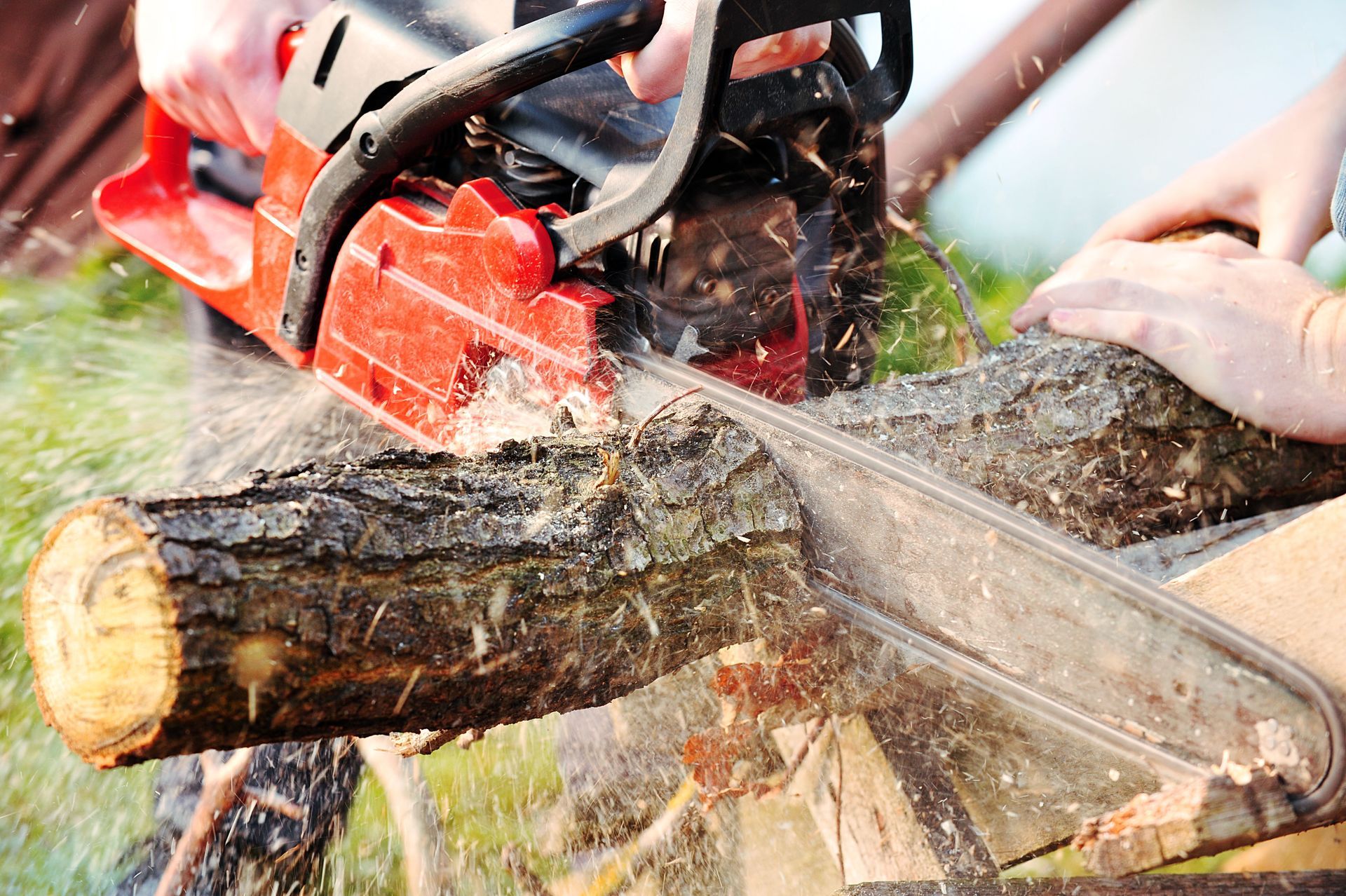
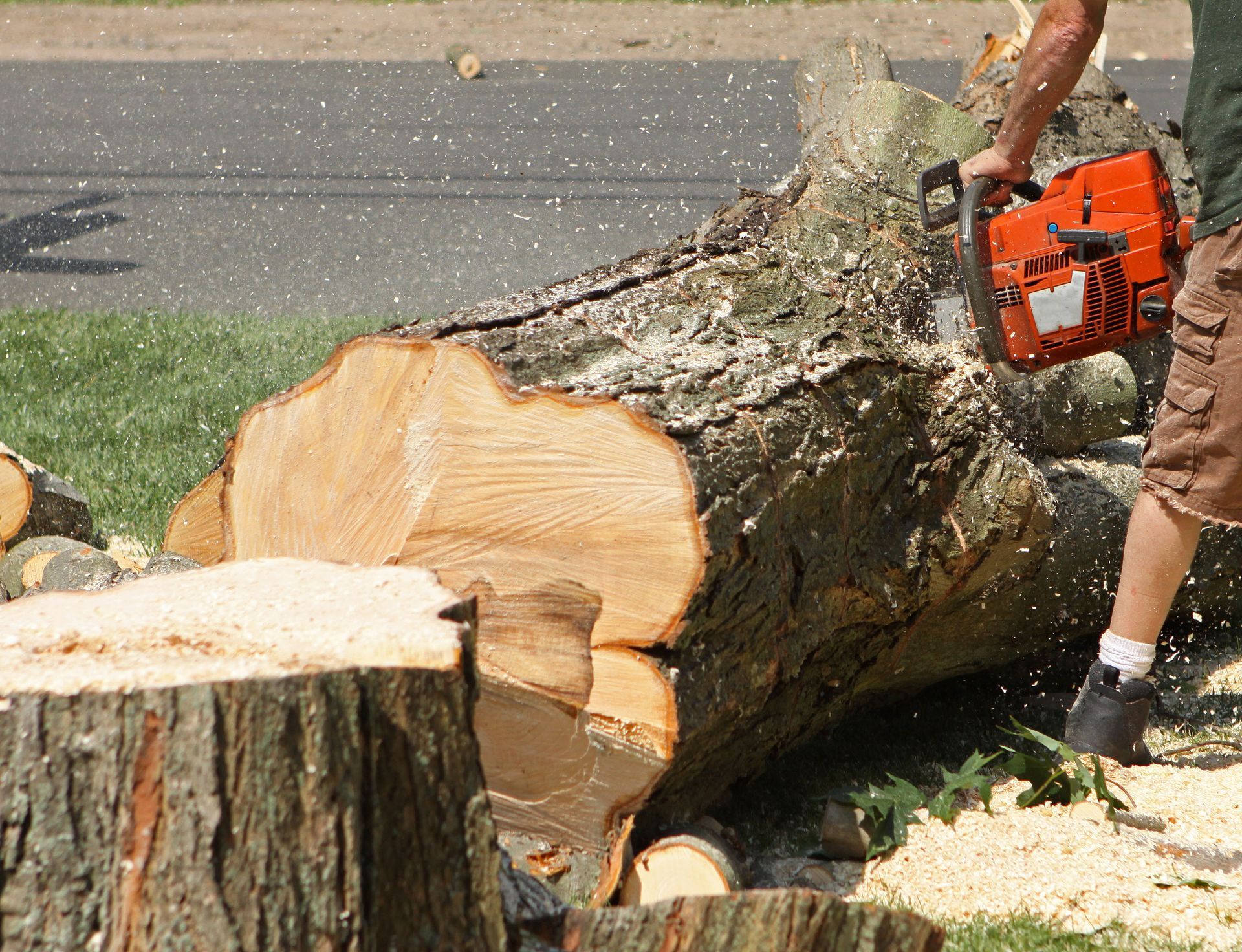
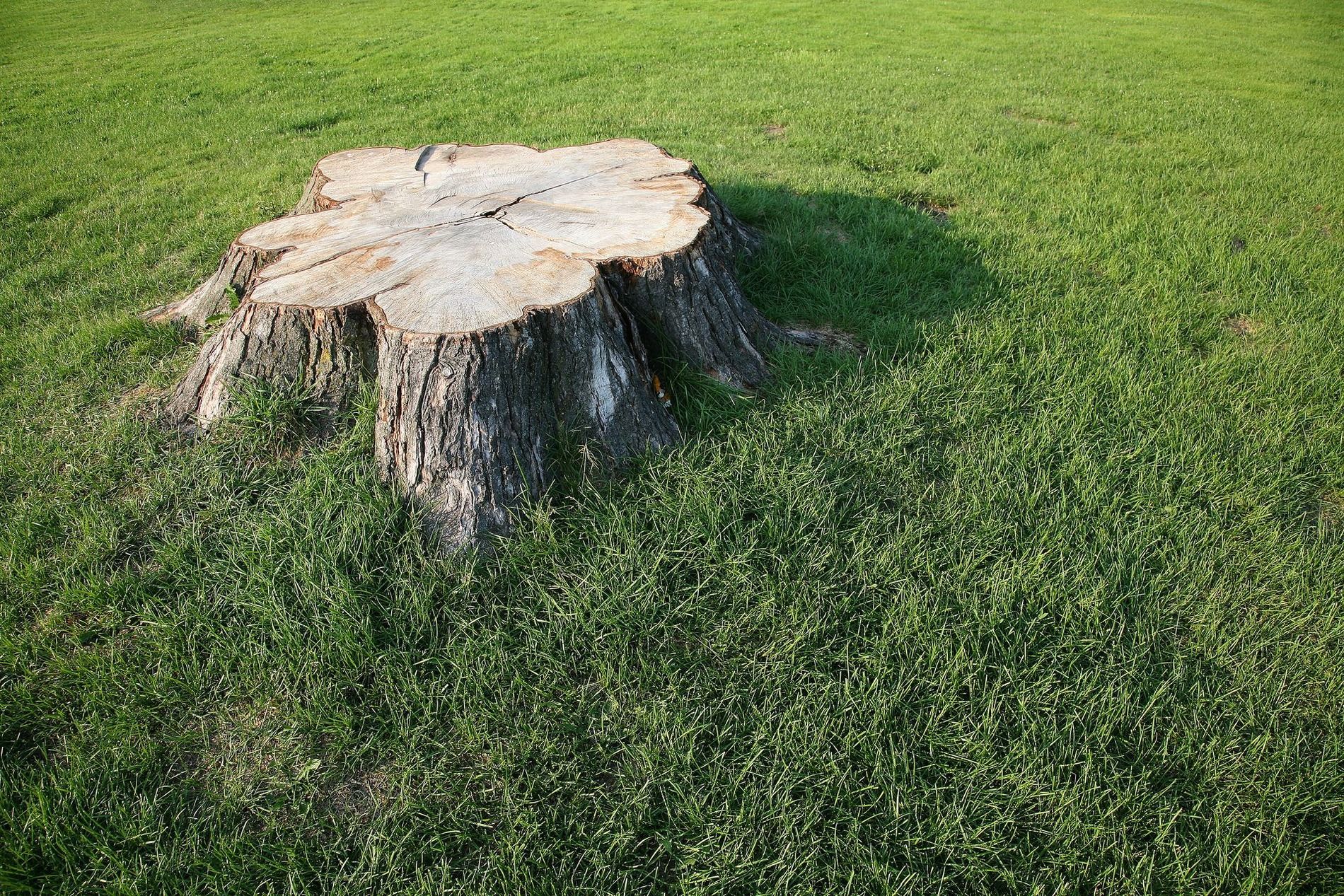
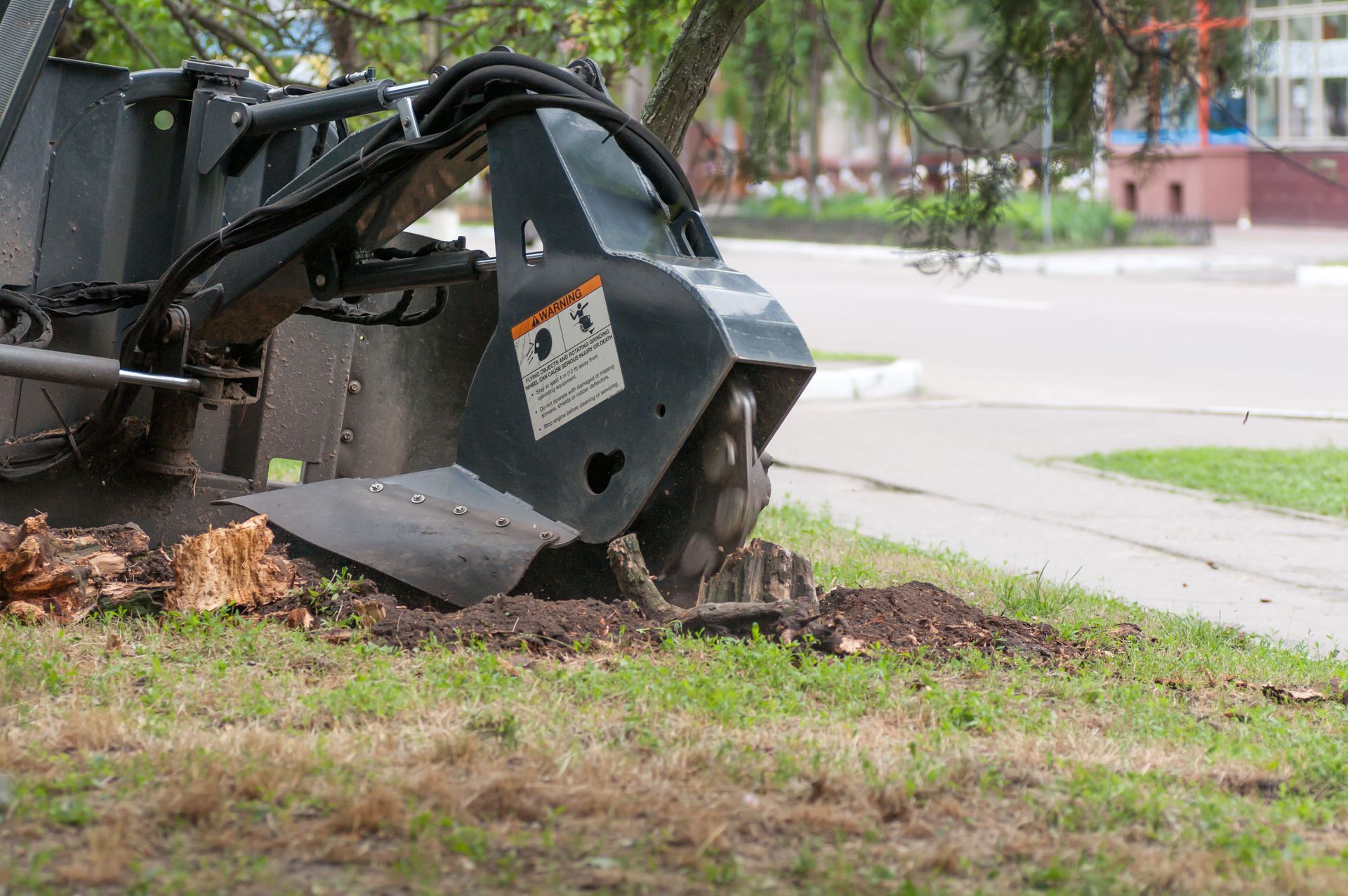
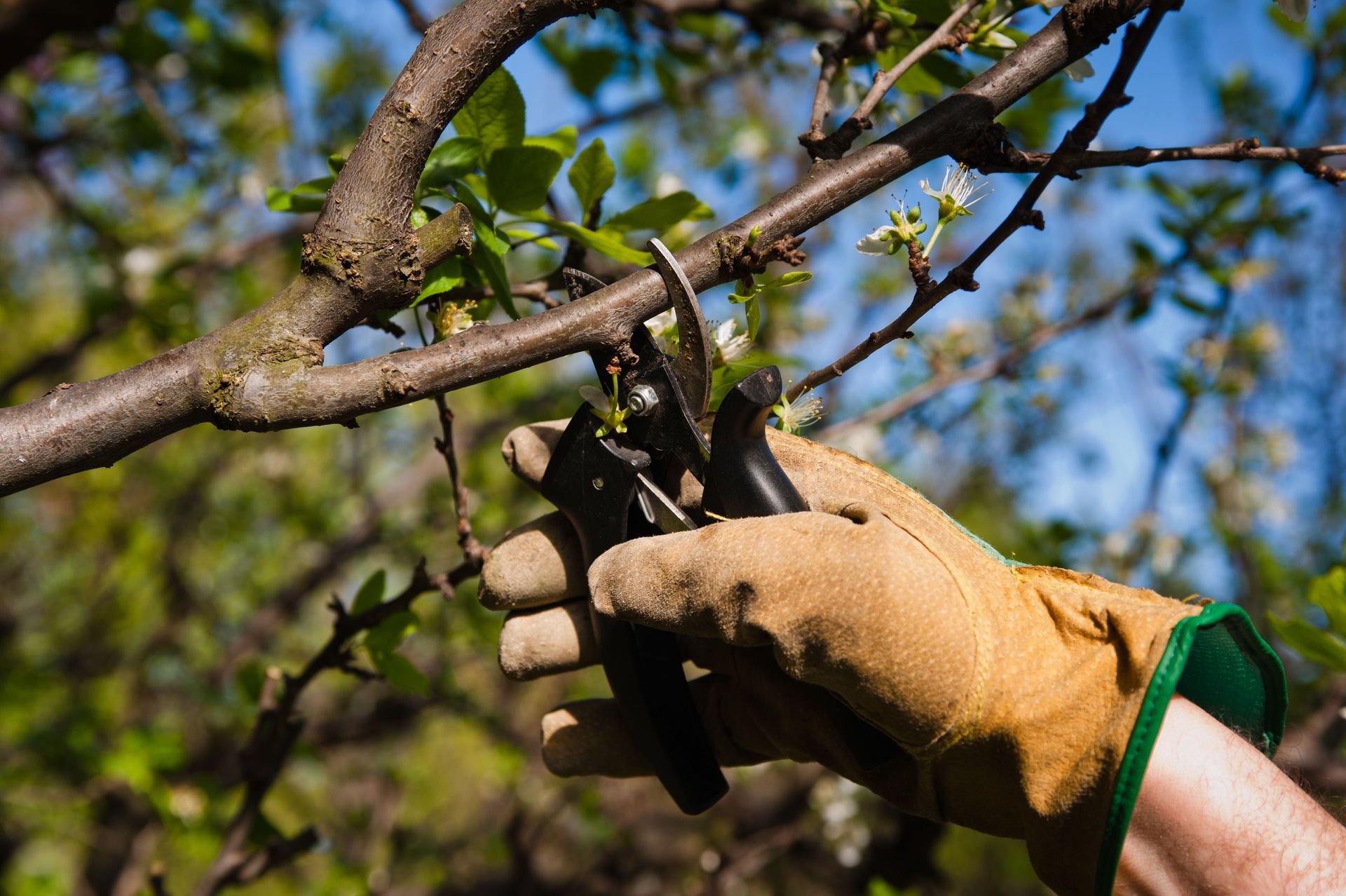
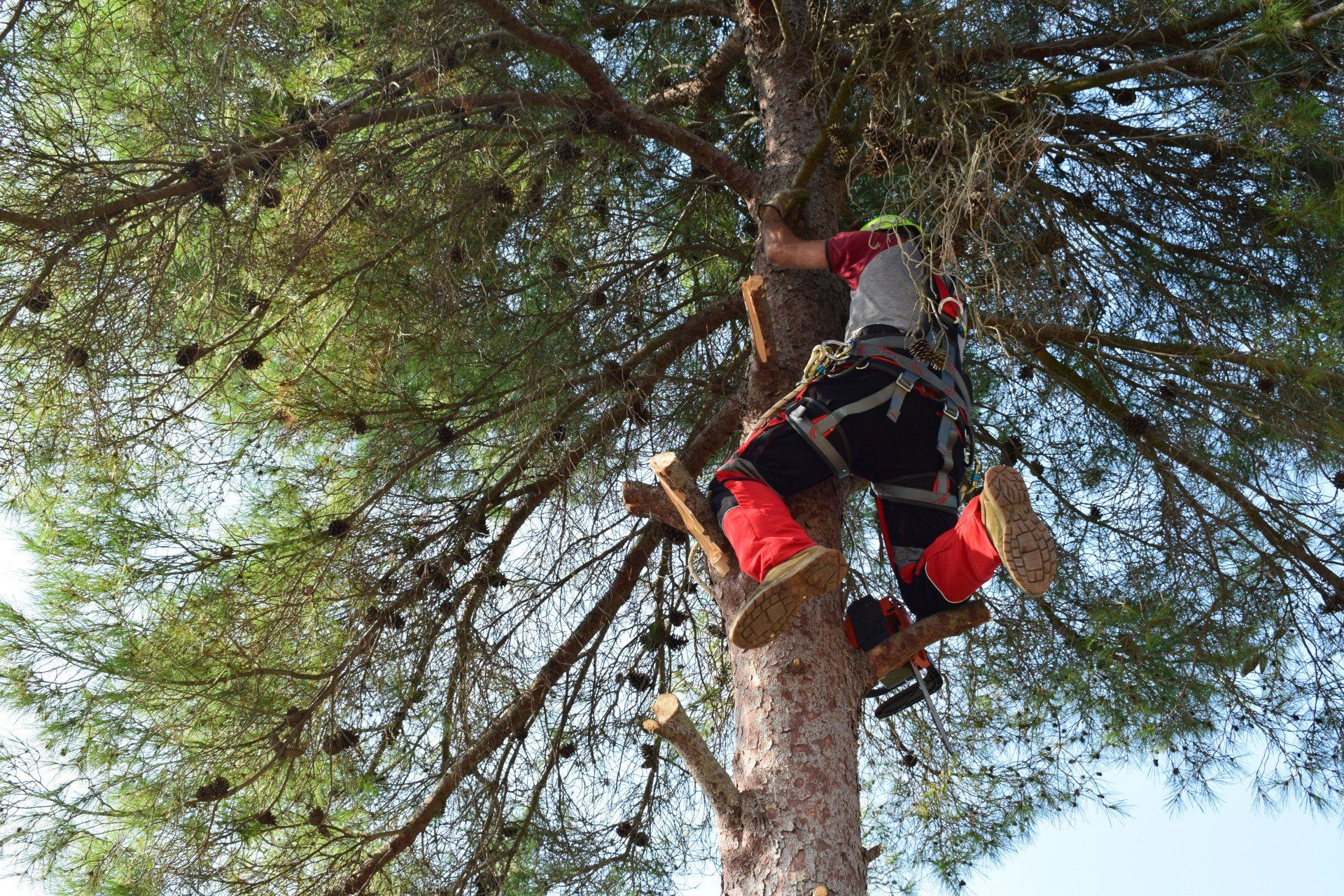
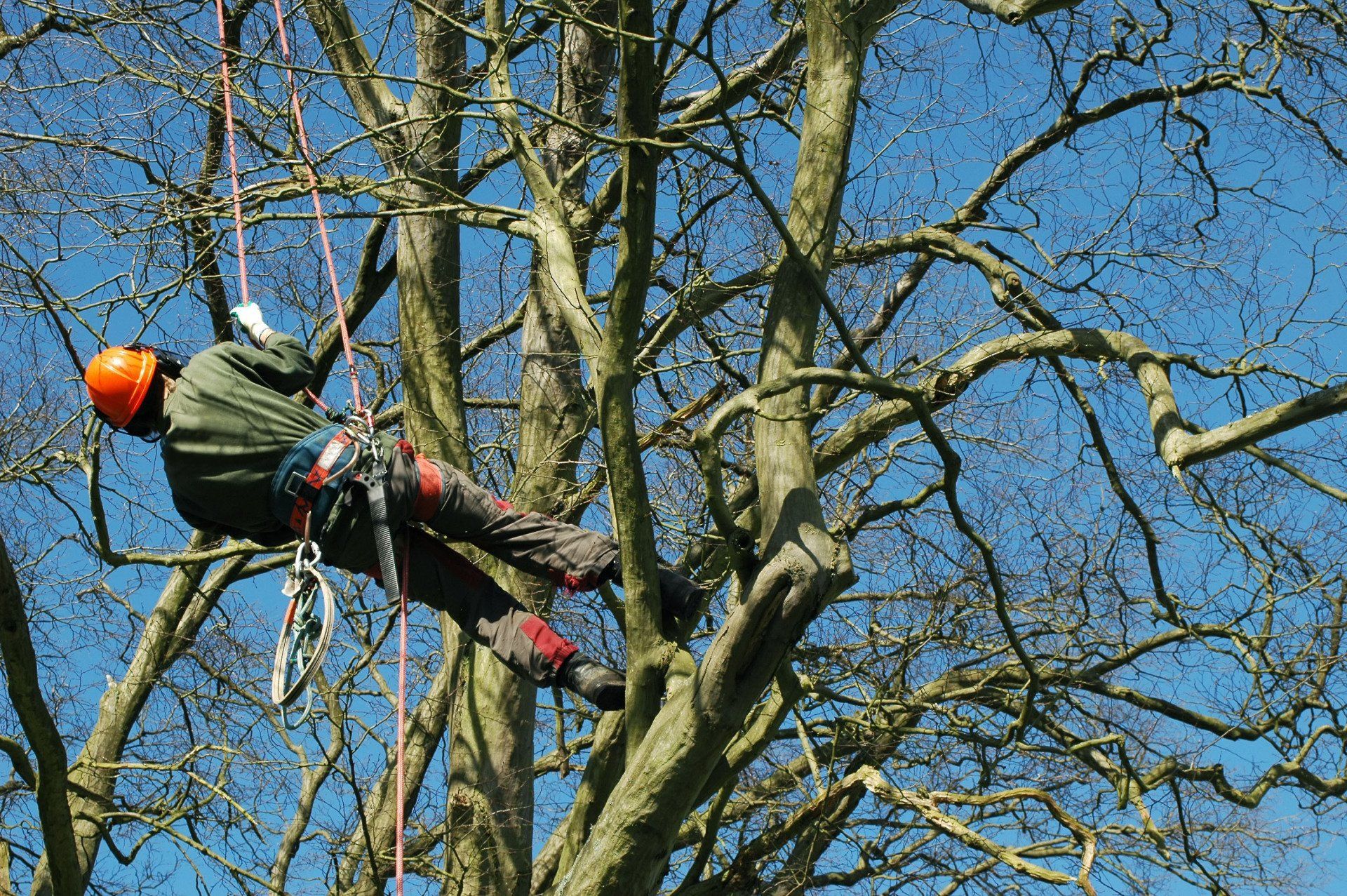
Share On: